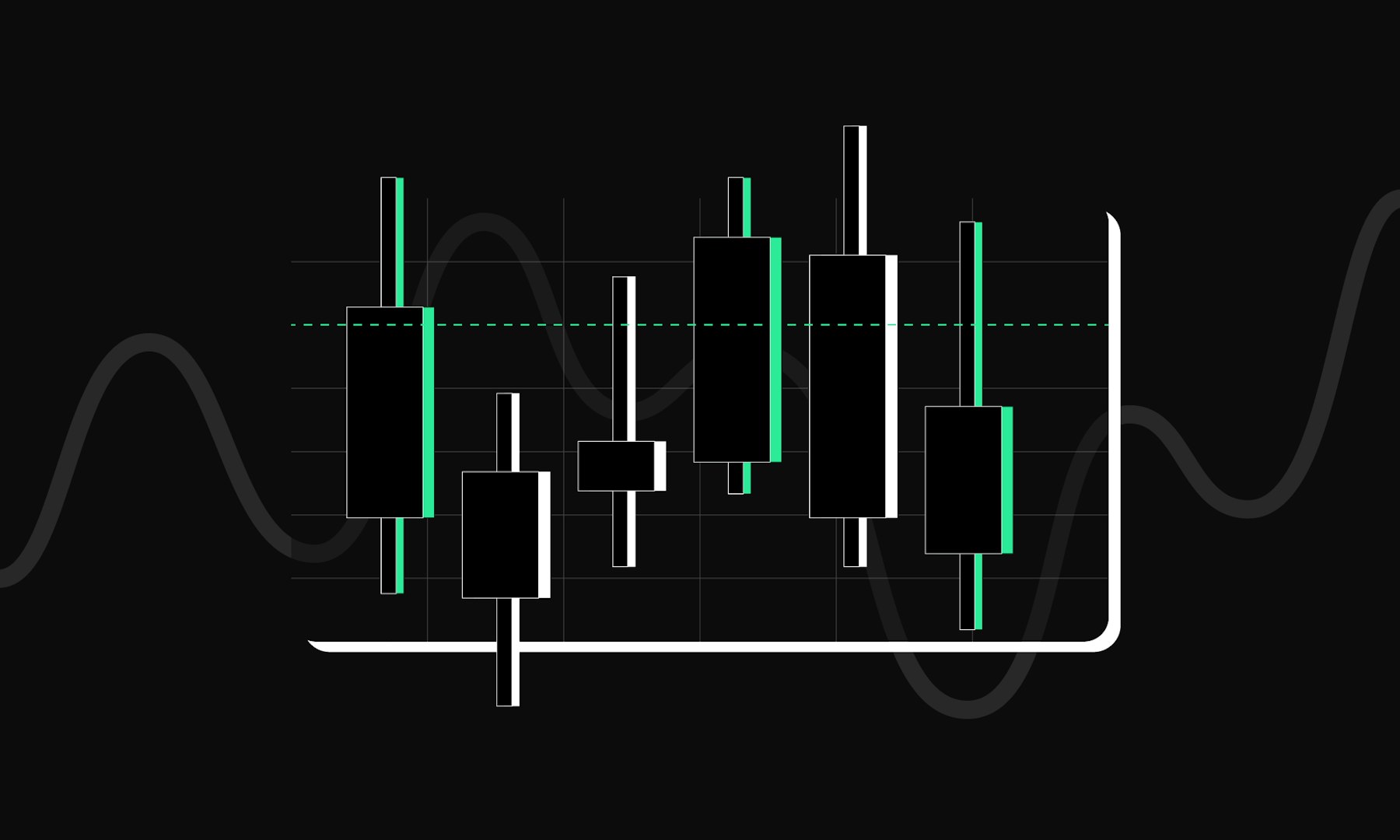What is a stop loss order?
A stop loss order is a sell order that is executed automatically once a security reaches a pre-set price. The goal of the order is to limit losses by selling a security before its price drops further. Investors use this method to protect their investments from major price declines without having to constantly monitor the market.
The stop loss order is often linked to a specific price limit, known as the stop loss threshold, and can be used on almost any trading venue. As soon as the security's price reaches or falls below this threshold, the order is triggered and executed as a market order. This helps reduce the risk of unexpected losses.
This type of order is suitable for various asset classes such as shares, cryptocurrencies or other exchange-traded instruments and is often used in combination with a buy order. Especially in volatile markets, the stop loss order is a tool to maintain oversight and control losses. In addition to limiting losses, it also helps avoid emotional decisions, which investors often make under pressure.
Similar order types
In addition to the classic stop loss order, there are other types of orders that help investors manage risk and adapt their trading strategies. These order supplements offer added flexibility to respond to different market situations, whether to minimise losses or secure profits. These similar order types operate through specific mechanisms based on dynamic adjustments, fixed limits or the combination of multiple orders. They're particularly suitable for investors who want to manage their positions effectively in both volatile and more stable markets.
Trailing stop loss order
The trailing stop loss order is an advanced version of the classic stop loss order and provides a dynamic adjustment of the stop price in line with the security's price movements. Unlike the standard stop loss order, the threshold isn't fixed but trails the price by a pre-defined distance when it rises. This allows investors to secure profits while still limiting losses. This flexibility makes the trailing stop loss order a good alternative for investors who want to benefit from rising prices without losing sight of risk.
Key features of a trailing stop loss order at a glance
Dynamic adjustment: the stop price is automatically adjusted upwards when the security’s price rises but remains unchanged if the price falls
Distance from price: investors set the distance (in percentages or fixed values) that the stop price should maintain from the current market price
Automatic execution: once the price reaches the dynamically set threshold, the order is executed as a market order
Profit protection and loss limitation: rising prices secure potential profits while a drop limits losses
Flexible use: especially suitable in volatile markets to respond to quick price movements
Stop limit order
The stop limit order combines elements of the stop loss order with a limit, enabling investors to control both sell and buy orders more precisely. Unlike the classic stop loss order, the order is only executed if the price hits the defined stop threshold and also meets the specified limit. This type of order is particularly useful for retaining more control over the execution of sell orders, especially in volatile markets, to avoid unfavourable prices.
Key features of a stop limit order at a glance
Stop threshold and limit: the order is triggered when the stop threshold is reached but only at a price that meets the set limit
More control: investors can ensure their sell order isn't executed below a certain minimum price
No market order risk: prevents a sell order being executed at an unfavourable market price
Flexible configuration: both the stop threshold and limit can be tailored to market conditions and investor risk
Use in volatile markets: particularly helpful for limiting losses without relying on fixed price execution
One cancels the other option (OCO)
The one cancels the other option (OCO) is an order type in which two separate orders are combined, with the execution of one order automatically cancelling the other. This method is often used to simultaneously set a target for taking profits and a limit for stopping losses. The benefit is that investors can cover both scenarios with a single combined order without having to constantly monitor the market.
Key features of the one cancels the other option (OCO) at a glance
Combination of two orders: an OCO order typically consists of a stop loss order and a limit order used together
Automatic cancellation: once one of the two orders is executed, the other is automatically cancelled to avoid conflicts
Strategic flexibility: investors can define both a profit-taking level and a loss limit within a single order
Efficient risk and profit management: helps minimise losses or secure gains, depending on which scenario occurs first
Time-saving: no manual adjustment needed, as the orders react automatically based on price movement
